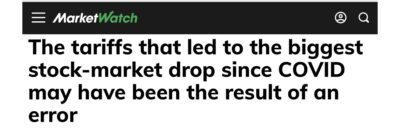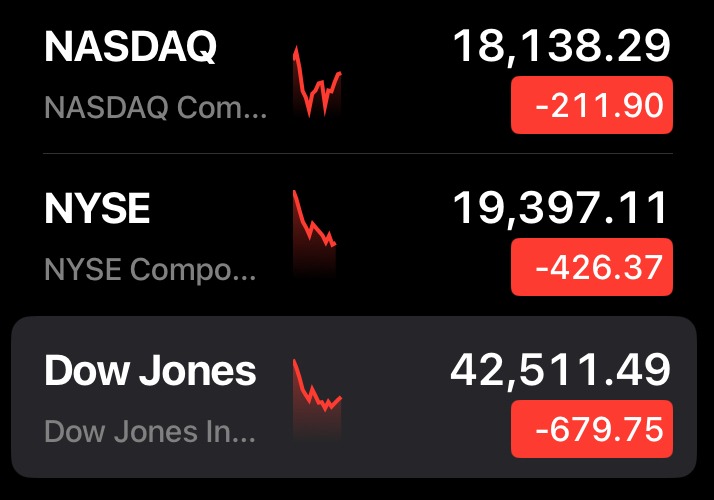In recent years, Amazon has come under increasing scrutiny over its business practices, particularly regarding its “Most Favored Nation” (MFN) clauses and their potential anticompetitive effects. These clauses, which require sellers to offer their products at the lowest price on Amazon or at least match the lowest price available elsewhere, have sparked significant concerns among regulators, economists, and industry observers. Combined with Amazon’s sizable fees, which can range from 15% to 45% depending on the product category, these policies are seen by many as stifling competition and potentially contributing to broader inflationary pressures, particularly in the wake of the COVID-19 pandemic.
At its core, an MFN clause is designed to ensure that sellers do not offer their products at lower prices on any other platform than Amazon. While this may seem like a benefit for consumers, ensuring that they get the best price possible, the unintended consequences of this practice can be far-reaching.
For manufacturers and sellers, Amazon’s take on the MFN clause can be a double-edged sword. When Amazon requires the lowest possible price, combined with its high fees, it puts intense pressure on sellers’ margins. In some cases, these margins become so slim that manufacturers are forced to raise prices elsewhere, including on competing platforms, just to stay afloat. The end result is a market in which pricing is less competitive, and consumers may end up paying more for the same products across the board.
The most glaring concern about Amazon’s MFN policies is their potential to reduce competition. In a typical free market, sellers should have the flexibility to price their products based on supply and demand, market conditions, and their ability to compete with other platforms. However, Amazon’s MFN clauses essentially limit this flexibility, ensuring that sellers cannot offer better deals on competing sites even if lower fees or alternative platforms might enable them to do so.
This effectively creates a price floor, where sellers are unable to compete on pricing, even if they would prefer to do so to attract customers elsewhere. The result? A market where Amazon’s pricing model becomes the benchmark, stifling competition from other e-commerce platforms like Walmart, eBay, and newer players in the market. Sellers are restricted in their ability to innovate and offer more competitive pricing, which ultimately harms consumers who could otherwise benefit from more diverse options and price points.
While the pandemic played a pivotal role in driving up inflation by disrupting global supply chains and creating demand surges, Amazon’s policies likely exacerbated the situation. When manufacturers are unable to absorb Amazon’s commission fees without raising prices, these increases are often passed on to consumers. This can have a ripple effect, raising prices across the entire e-commerce ecosystem, not just on Amazon itself.
Moreover, the combination of Amazon’s MFN clauses and its high cut can create a situation where sellers raise their prices to accommodate these pressures, even if they are selling on other platforms. If a manufacturer is forced to meet Amazon’s price expectations, they may be unable to offer a competitive price elsewhere. In many ways, this dynamic creates an artificial price floor that can drive prices up rather than down, leading to inflationary pressures that are not always immediately obvious to consumers.
Given Amazon’s dominance in e-commerce, these practices can have a widespread impact on the retail landscape. With millions of small and medium-sized businesses reliant on Amazon’s platform to reach customers, Amazon’s MFN policies give it significant leverage over market pricing. The company’s sheer size means that its pricing power can set trends across the entire industry, leaving little room for competitors to challenge Amazon’s hold on pricing.
In a market where competition is stifled, and pricing becomes uniform, consumers are effectively denied the benefits of price differentiation. The impact on innovation is also notable, as smaller retailers and third-party sellers are less likely to experiment with pricing strategies that could offer better deals to consumers. This absence of competition not only harms consumers but can also damage the long-term health of the broader retail sector, as companies are incentivized to protect their margins rather than innovate or reduce prices.
Given the clear concerns regarding the anticompetitive nature of Amazon’s MFN clauses, many are asking whether current antitrust laws are sufficient to address the issue. The Sherman Antitrust Act, which outlaws anti-competitive practices, could provide a framework to challenge Amazon’s pricing strategies. However, antitrust enforcement in the tech and retail sectors has historically been slow and difficult, especially when it comes to big tech firms like Amazon, which have entrenched market power.
The question remains: can regulators use existing laws to curb Amazon’s influence, or will new legislation be required to address these issues? Some experts argue that more aggressive regulation is necessary to prevent tech giants from abusing their dominance in ways that harm competition and consumers. Others believe that antitrust action under current frameworks is already overdue and should be prioritized to prevent further inflationary pressures and market distortions.
Amazon’s MFN clauses, combined with its high fees, appear to be creating a situation where pricing is distorted across the e-commerce market. The company’s dominance is stifling competition, and sellers are increasingly pressured to raise prices to meet Amazon’s requirements. This not only harms consumers but also contributes to broader inflationary trends that have already been exacerbated by the COVID-19 pandemic.
As the debate over Amazon’s market practices intensifies, it is clear that regulators must take a closer look at how these policies are shaping the market. Whether through more aggressive antitrust enforcement or the introduction of new regulations to limit the power of big tech firms, it is essential to ensure that competition remains healthy, prices remain fair, and innovation is encouraged. Until then, Amazon’s pricing policies will continue to be a critical issue for consumers, competitors, and policymakers alike.





